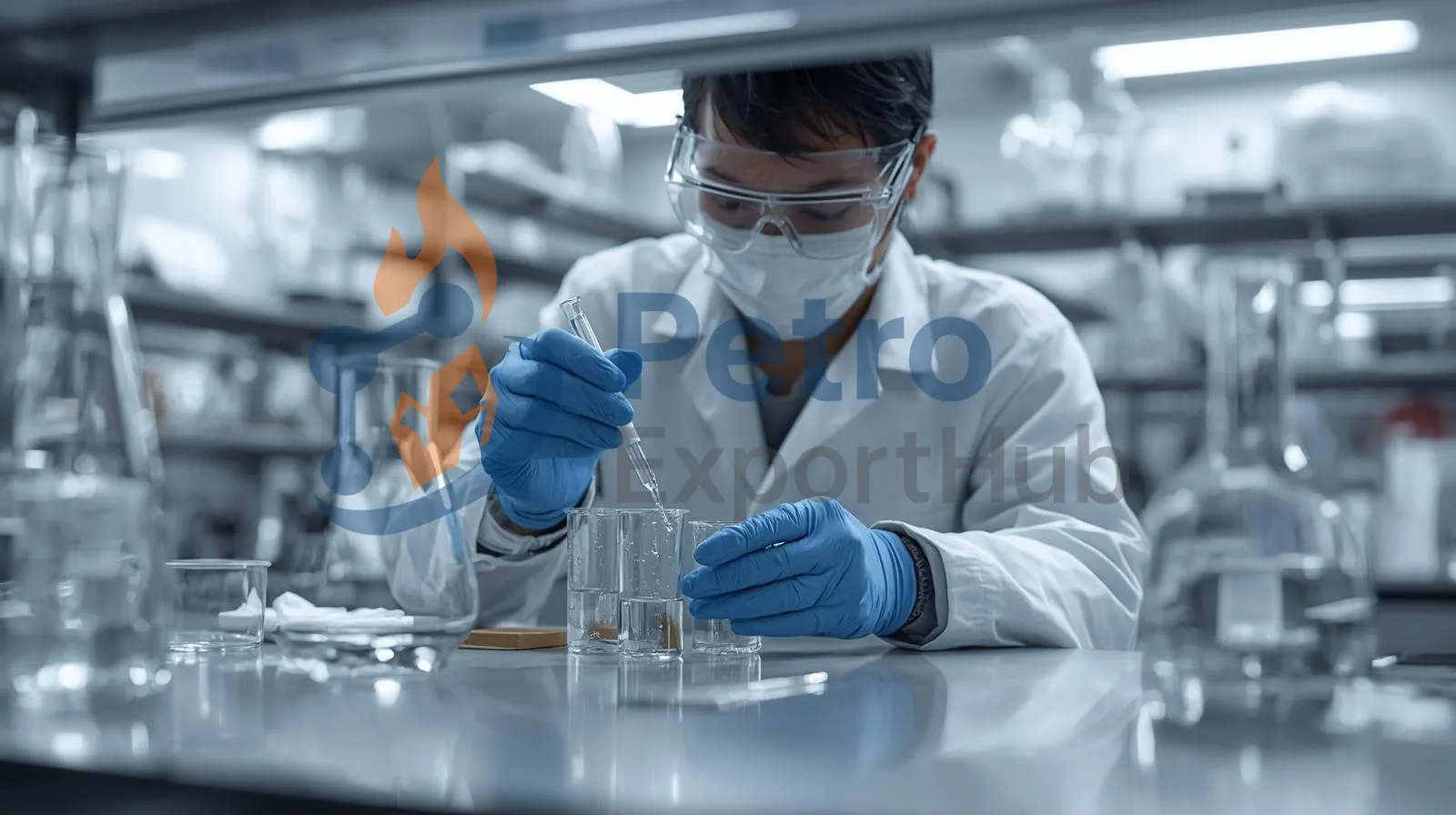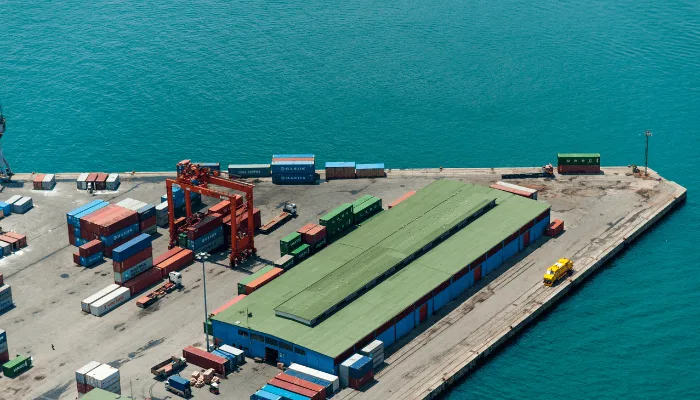
Solvesso 100 vs Solvesso 150: Key Differences for Industrial Applications
When it comes to aromatic solvents, Solvesso 100 and Solvesso 150 are two of the most widely used grades in the petrochemical and downstream chemical industries. Both belong to the C9–C12 hydrocarbon solvent family, yet their properties, performance, and industrial applications differ in important ways.
For buyers and procurement managers, choosing between Solvesso 100 vs Solvesso 150 is not just about technical specifications — it’s also about understanding supply, demand, and global price trends that directly impact project costs.
Chemical & Physical Properties
Solvesso 100:
Boiling Range: 160–180°C
Evaporation Rate: Medium
Flash Point: ~42°C
Appearance: Clear liquid, mild aromatic odor
Solvesso 150:
Boiling Range: 180–210°C
Evaporation Rate: Slow
Flash Point: ~65°C
Appearance: Clear liquid, slightly heavier odor
Because of these differences, Solvesso 100 is often preferred where faster drying is needed (such as coatings and inks), while Solvesso 150 is selected for applications requiring longer open times and slower evaporation.
Industrial Applications
Solvesso 100 is widely used in paints, coatings, inks, resins, and agrochemicals, where balance between solvency and drying time is essential.
Solvesso 150 finds stronger demand in industrial paints, varnishes, cleaning agents, and adhesives, where slower evaporation helps prevent surface defects and improves finish quality.
In both cases, global buyers evaluate not only performance but also Solvesso 100 price vs Solvesso 150 price, as market conditions often influence procurement decisions.
Safety & Handling
Both solvents require careful handling as outlined in their MSDS:
Use proper ventilation in storage and processing areas.
Avoid open flames and high heat sources.
Wear protective gloves, glasses, and clothing.
Follow international shipping and labeling regulations.
Price & Market Outlook
In 2025, the Solvesso 100 price remains slightly lower than Solvesso 150 due to differences in production costs and demand. However, in regions such as the Middle East and Asia-Pacific, Solvesso 150 is gaining popularity because of its performance in heavy-duty coatings and protective paints.
Global distributors often recommend maintaining a mix of both solvents to respond to customer needs across different sectors.
Comparison Table – Solvesso 100 vs Solvesso 150
| Feature | Solvesso 100 | Solvesso 150 |
|---|---|---|
| Boiling Range | 160–180°C | 180–210°C |
| Evaporation Rate | Medium (faster drying) | Slow (longer open time) |
| Flash Point | ~42°C | ~65°C |
| Key Uses | Paints, coatings, inks, agro | Industrial paints, varnish, adhesives |
| Market Focus | General industrial & consumer | Heavy-duty coatings & specialty |
| Price Range | More cost-competitive | Higher but justified by performance |
Solvesso 100 – Medium evaporation, cost-effective for coatings and inks.
Solvesso 150 – Slower drying, better for industrial paints and adhesives.
Price Difference – Solvesso 100 price is generally lower than Solvesso 150.
Global Demand – Both grades remain essential across multiple industries.
- At PetroExportHub, we connect you with trusted HDPE suppliers ready for fast export.
- Info@PetroExportHub.com

2 comments on “Solvesso 100 vs Solvesso 150: Key Differences for Industrial Applications”
YourComment Cancel reply
Related posts
Mono Ethylene Glycol (MEG) serves as a cornerstone for modern antifreeze and coolant formulations, offering reliable freezing protection and heat resi . . .
Explore Solvent 100’s specs, uses, and export opportunities from Iran. Ideal for paint, ink, and adhesive buyers in India, Turkey, UAE, and Africa. . . .
Explore everything you need to know about exporting sulphur from Iran in 2024 — including types, packaging, documents, ports, prices, and top import . . .
Explore Iran’s top ports for petrochemical exports, including Bandar Imam Khomeini, Assaluyeh, and Bandar Abbas. Compare infrastructure, accessibili . . .
Learn the key differences between polypropylene (PP) and polyethylene (PE), their applications, advantages, and how to choose the right polymer for yo . . .
Discover how a Turkish plastics manufacturer reduced costs by 22% through importing HDPE from Iran. Real-world case study by PetroExportHub. . . .
Learn why Iran is a leading exporter of polyethylene (PE). Discover grades, global applications, and how PetroExportHub connects buyers with top suppl . . .
We are here to answer your questions....
Petro Export Hub
PetroExportHub specializes in the export of premium-grade petrochemicals, minerals, and industrial chemicals from Iran, serving international markets with reliability, transparency, and tailored logistics solutions
Tehran Office
Phone:
0214865484 | +989127607241
Address:
Tehran..
China Office
TEL :
0211400
Address:
Zhongzhou Bie Lu, Zhongcheng Street, Yiwu City, Zhejiang Province, China
Quick Access
Quick Access
- Contact Our Sales Team
- Frequently Questions
- Shipping & Logistics
- Become a Partner
- Certificatins & Quality









Solvesso 100 (also known as Aromatic 100) is favored for controlled evaporation and lower odor levels in industrial coatings and inks.
exactly